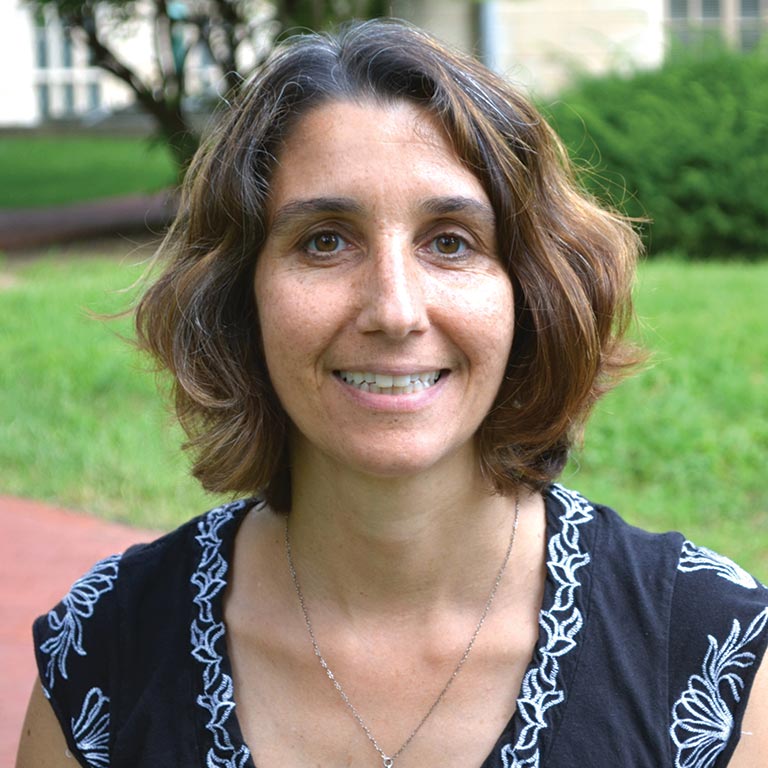- Ph.D., University of California, Riverside, 2002

Farrah Bashey-Visser
Assistant Scientist, Biology
Lecturer, Human Biology

Assistant Scientist, Biology
Lecturer, Human Biology
Biology Building 019
Bashey Lab website
Broadly, I am motivated by understanding how variable and conflicting selective demands shape the evolution of organisms. The traits that interest me most are traits that are involved in trade-offs. For example, why would an organism attack a competitor, even if it meant certain death? How harmful should a parasite be to its hosts? When should a mother produce fewer offspring? My approach is to test theoretical predictions, either by manipulating the environment experimentally or comparing populations that differ in the field.
Currently, my work focuses on insect-parasitic nematodes (genus Steinernema) and their symbiotic bacteria (genus Xenorhabdus). We have used these organisms in experimental studies to examine how different selective pressures within and among hosts shape the evolution of parasite virulence and host exploitation. We have found that among-host selection can change the number, size, and timing of nematodes emerging from an infected insect. We have also found that greater migration of parasites among their insect hosts results in greater within-host competition. This competition is especially apparent among the bacteria, which produce allelopathic toxins (bacteriocins) to inhibit each other's growth. Conconmitent with the greater inhibition among the bacteria, these infections progress more slowly such that the insect takes longer to die and nematodes longer to emerge.
We have also begun to examine a natural community of entomopathogens. On one hillside we have isolated three species of Steinernema and two species of Xenorhabdus. We are beginning to characterize the virulence, life history, behavior, and ecological requirements of each species of nematode. We have also examined the bacteriocin-based antagonisms both within and between each bacterial species. We have found multiple clones of each species which differ in their genetic fingerprints and in their inhibition behavior. We are now characterizing these clones further, and exploring the mechanisms maintaining diversity in this system.
In previous work, I examined the selective mechanisms causing local adaptation and phenotypic plasticity in offspring size of the Trinidadian guppy.
Ecology
Evolution